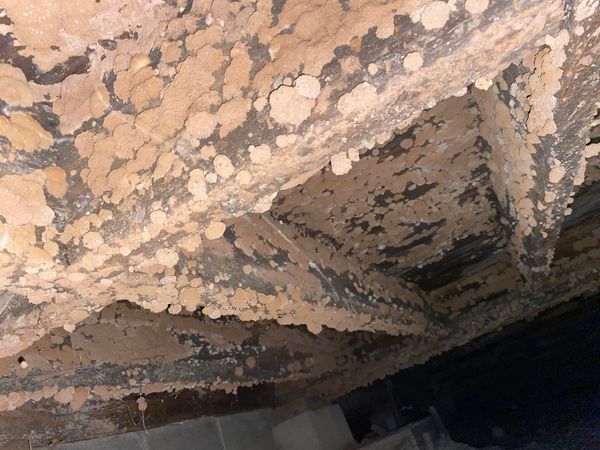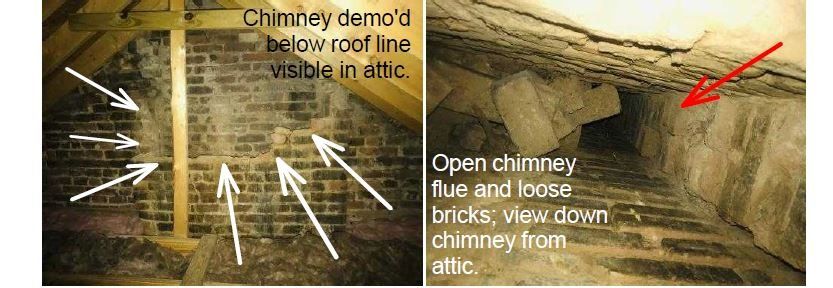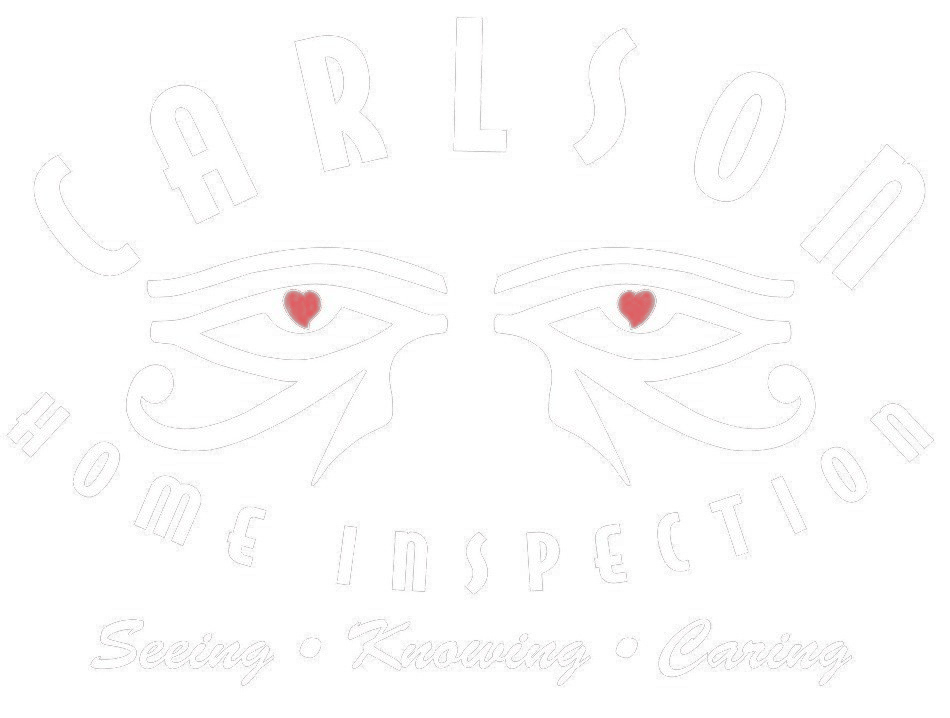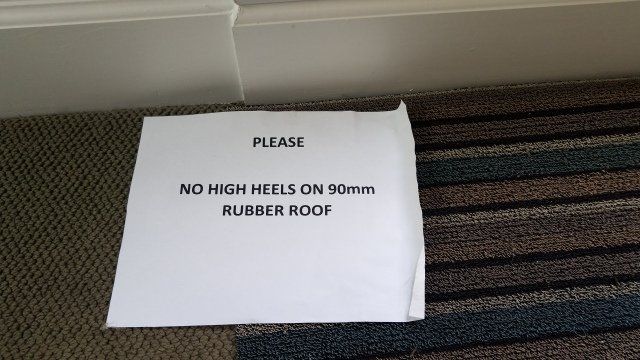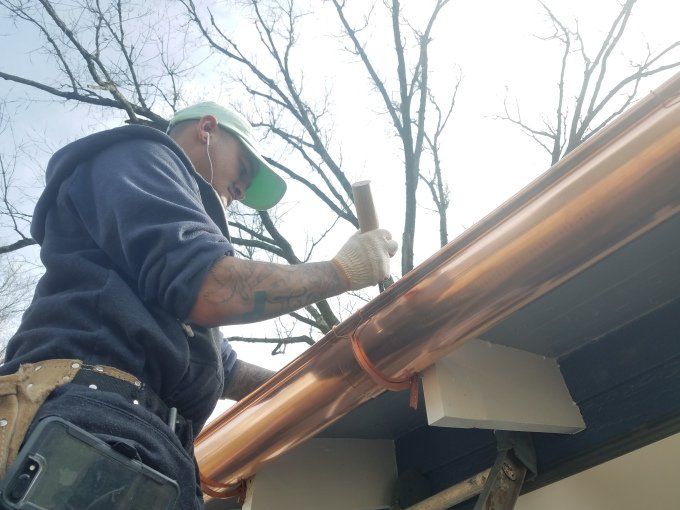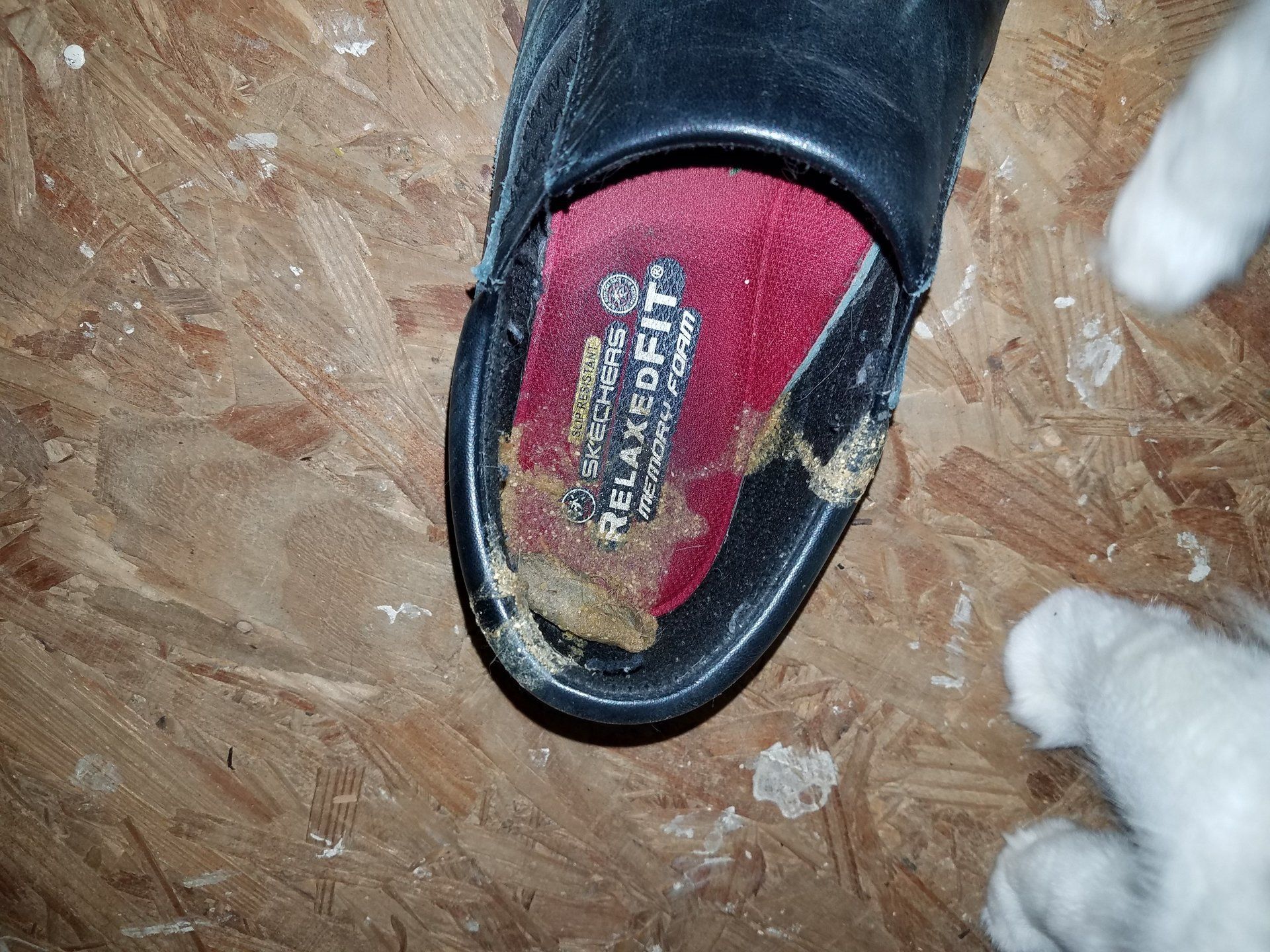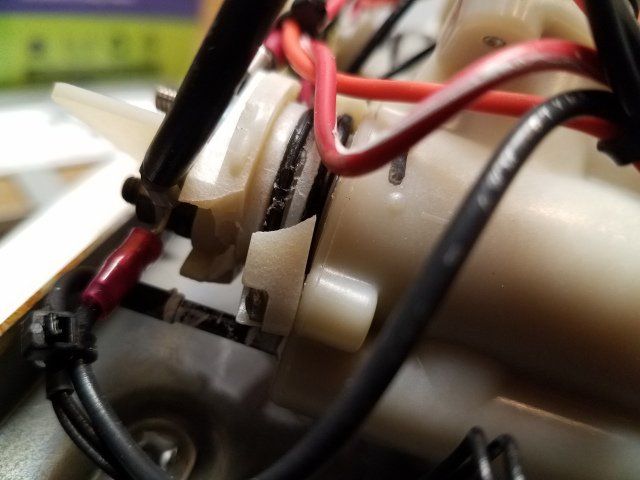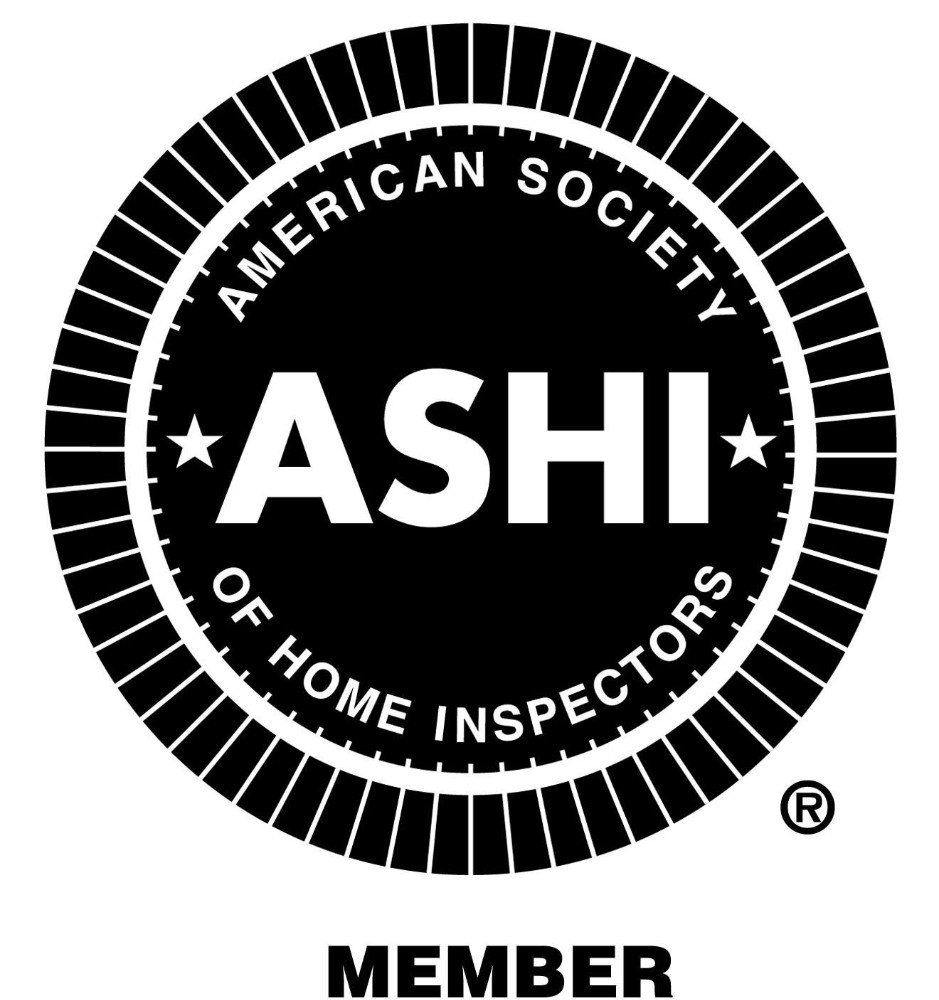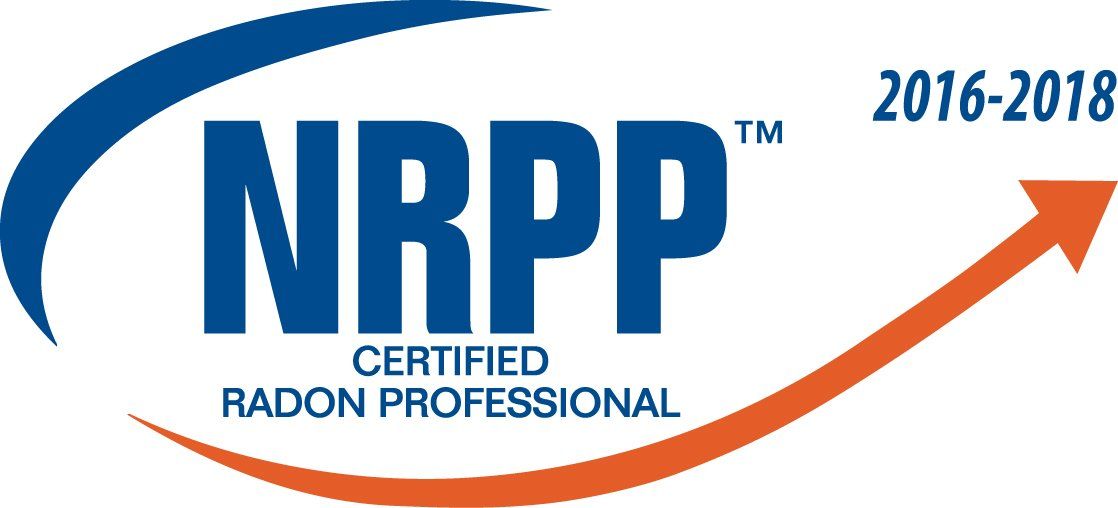More common than you think.
I would say I observe evidence of mold/mildew in new construction crawl spaces in about 10% of the homes I inspect. Mostly due to crawl spaces traditionally vented to the exterior (humid ambient conditions) and the plastic moisture barrier installed … Continue reading →
I would say I observe evidence of mold/mildew in new construction crawl spaces in about 10% of the homes I inspect. Mostly due to crawl spaces traditionally vented to the exterior (humid ambient conditions) and the plastic moisture barrier installed last thing. Elevated moisture content (as much as 19%) in new floor framing lumber is also a significant factor.
Pretty thick on the side of a girder.
Yup.....Evidence of mold/mildew.
Even present on I joist flanges which do NOT have high moisture content.
Soooooooo……no big deal. Your builder will want to wipe it down with bleach and call it good…..no good. A proper remediation by an Indoor Air Quality Association (IAQA) certified contractor should be performed. For 2 reasons. Of course to address the issue. But also to have the work performed to a known and accepted standard and have proper documentation including indoor air quality testing to confirm the effectiveness of the work. Keep in mind, when the new homeowner goes to sell the house in 5 years they will need to check the prior fungi box on the disclosure form and better have proper documentation to back up that it was cleaned up; properly.
Lastly, a proper IAQA remediation includes elimination of the humid conditions that caused the issue. Most likely this will require sealing the crawl space off to the exterior, providing mechanical ventilation, and locating the insulation barrier at the foundation walls……commonly referred to as encapsulation. Often the insulation part of this reconfiguration is omitted which is improper as the home must meet insulation requirements in the building code which is R10 levels at the foundation walls in sealed crawl spaces.
Seeing Knowing Encapsulating Inspector Bill Carlson
